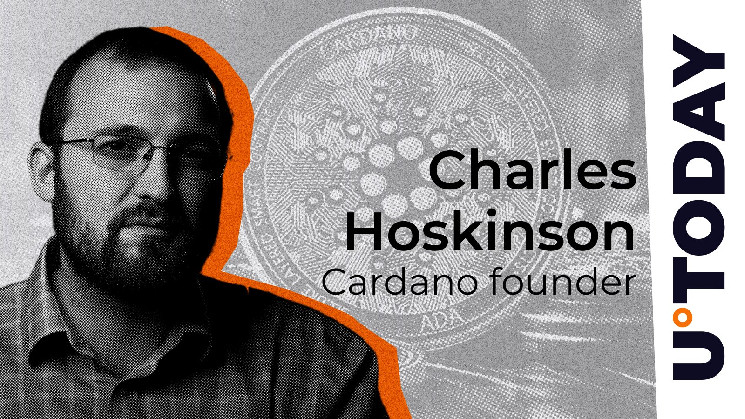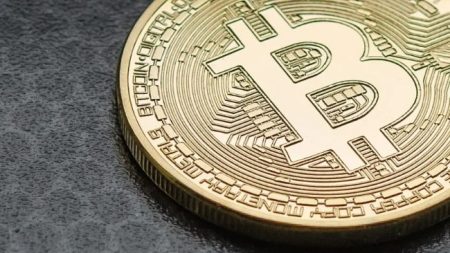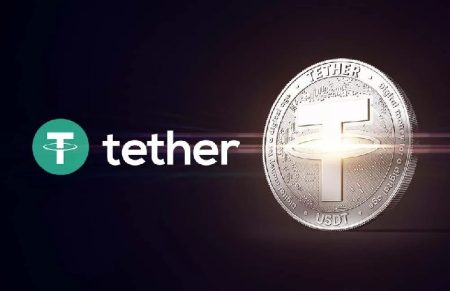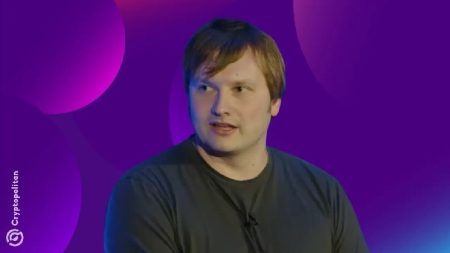Charles Hoskinson, the founder of Cardano (ADA), recently ignited a community discussion around a proposal to bolster Cardano’s liquidity through the creation of a managed liquidity pool comprised of its three largest USD-pegged stablecoins: USDA, DJED, and USDM. Hoskinson’s proposal, presented via a poll on X (formerly Twitter), suggested monthly contributions from Cardano’s annual budget to purchase these stablecoins. These funds, then managed by an external entity, would aim to generate yield and improve overall liquidity within the Cardano ecosystem. The proposal was met with overwhelming support, with approximately 85% of the 5,227 poll participants voting in favor.
The core of Hoskinson’s proposal revolves around injecting more liquidity into the Cardano DeFi ecosystem using its native stablecoins. By regularly purchasing and managing these stablecoins, the pool would effectively increase their circulating supply and make them more readily available for use in decentralized finance applications. The anticipated yield generated by the external management firm would then be converted back into ADA and contributed to the Cardano treasury, further benefiting the ecosystem. This mechanism is designed to stimulate activity within the Cardano DeFi space, driving growth and attracting more users and projects.
The community’s largely positive response indicates a general agreement on the need for improved liquidity within the Cardano ecosystem. However, the discussion also highlighted some concerns and alternative perspectives. Critics of the proposal argued that focusing on integrating established stablecoins like USDC onto the Cardano blockchain might be a more effective strategy compared to experimenting with relatively nascent native stablecoins. They pointed to the early stage of development of Cardano’s own stablecoins, suggesting that a dedicated liquidity pool might be premature. Furthermore, some community members expressed reservations about entrusting the management of these funds to an external entity, highlighting the importance of a transparent selection process.
A key concern raised by skeptics centered on the potential for value leakage from the Cardano DeFi ecosystem if the stablecoin assets were managed externally. Hoskinson addressed this apprehension by emphasizing that any profits generated from the managed liquidity pool would be converted back into ADA and returned to the Cardano treasury. This reinvestment strategy, he argued, would directly benefit the Cardano ecosystem by increasing the circulating supply of ADA and further bolstering its liquidity. The intention is to create a positive feedback loop where the increased stablecoin activity drives more users and applications to the Cardano DeFi space, leading to overall growth and value appreciation.
Currently, the combined market capitalization of Cardano’s stablecoins hovers around $25 million, with DJED leading the pack at $3.29 million. DJED is available for trading on both centralized exchanges like Bitrue and decentralized exchanges such as Wingriders and MinSwap. Other prominent Cardano-based stablecoins include IUSD, USDM, and USDA, each vying for a share of the burgeoning stablecoin market on the platform. The success of Hoskinson’s proposal could significantly impact the adoption and growth of these native stablecoins, potentially reshaping the landscape of the Cardano DeFi ecosystem.
This proposal for a stablecoin liquidity pool arrives on the heels of another significant development for Cardano: the activation of its highly anticipated Plutus hard fork. This upgrade represents a crucial step towards greater decentralization and community governance within the Cardano ecosystem. By enhancing the capabilities of the Plutus smart contract platform, the hard fork paves the way for more complex and sophisticated decentralized applications. Combined with the potential boost in liquidity from the proposed stablecoin pool, these developments position Cardano for continued growth and innovation in the rapidly evolving DeFi landscape. The focus on community governance ensures that decisions like the selection of the external management firm for the liquidity pool will be made transparently and with the best interests of the Cardano ecosystem in mind.















